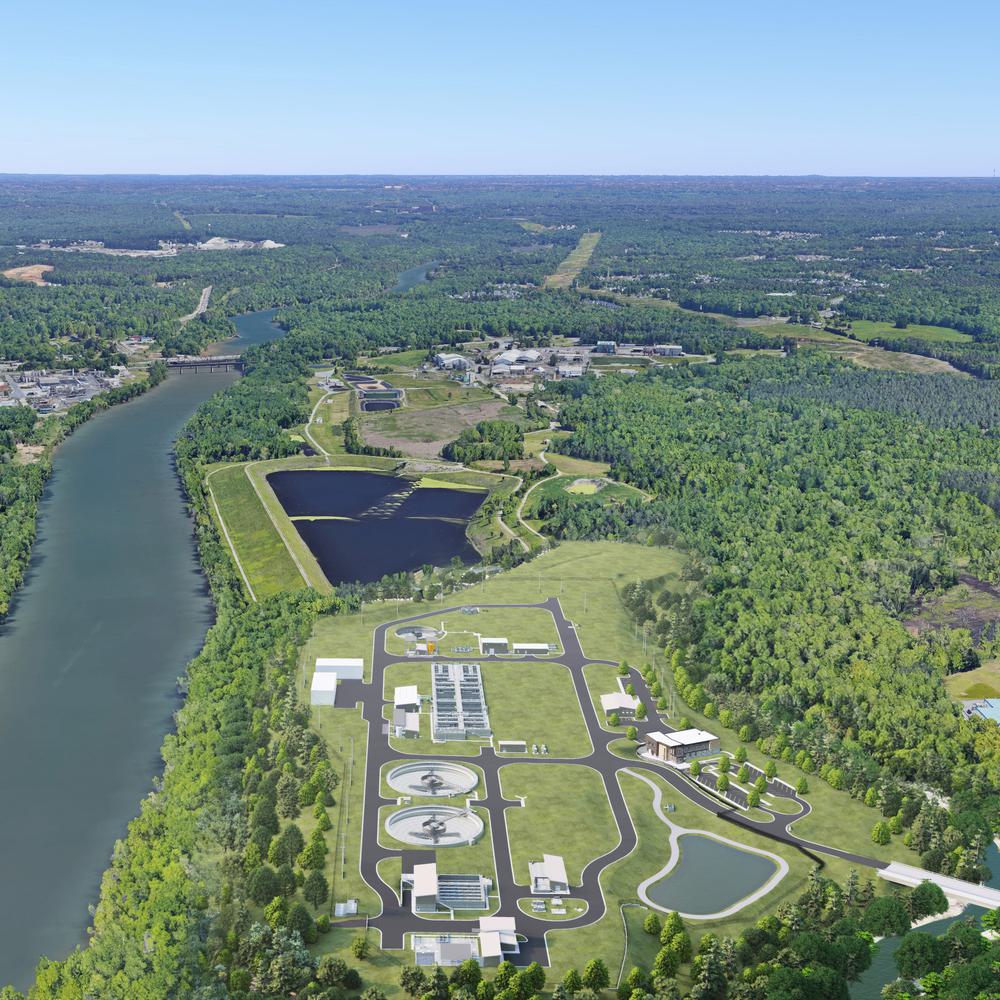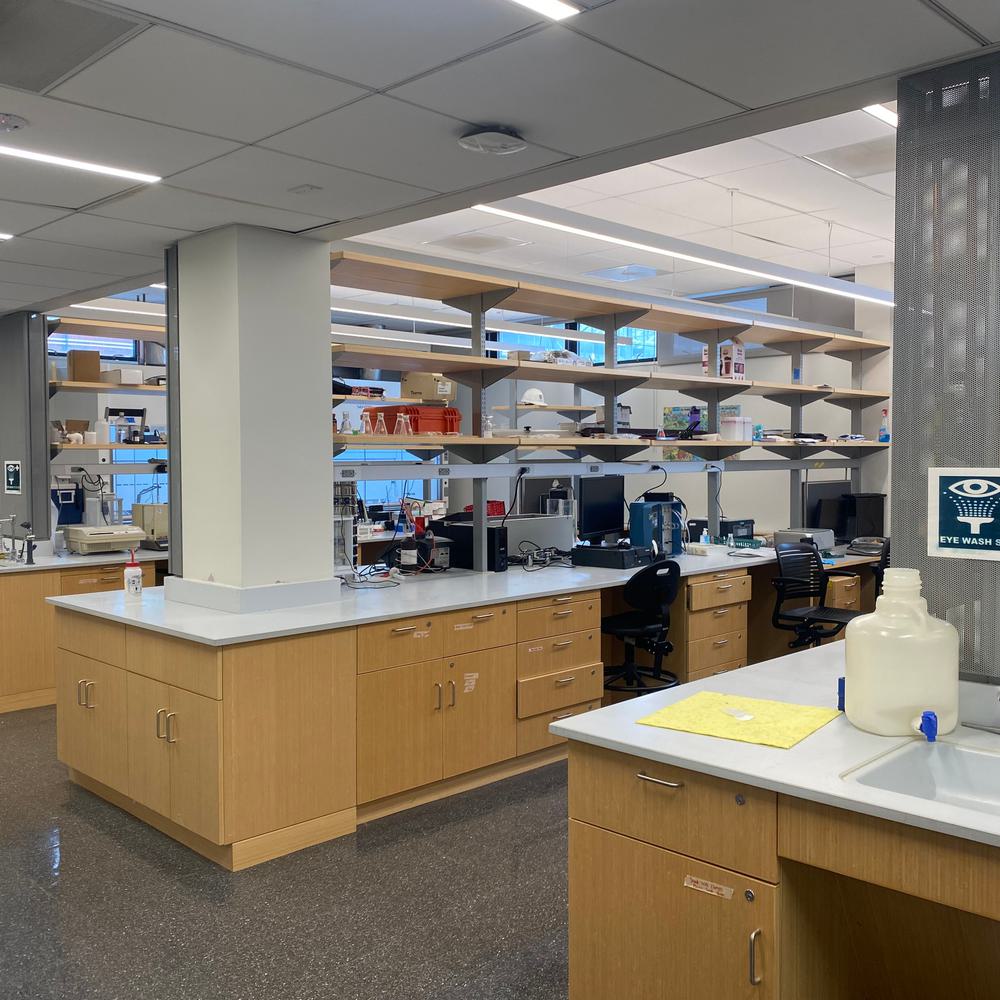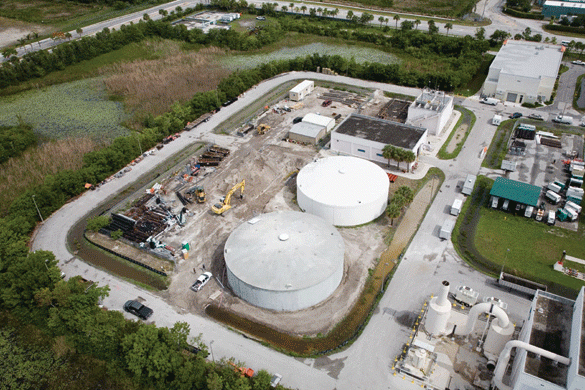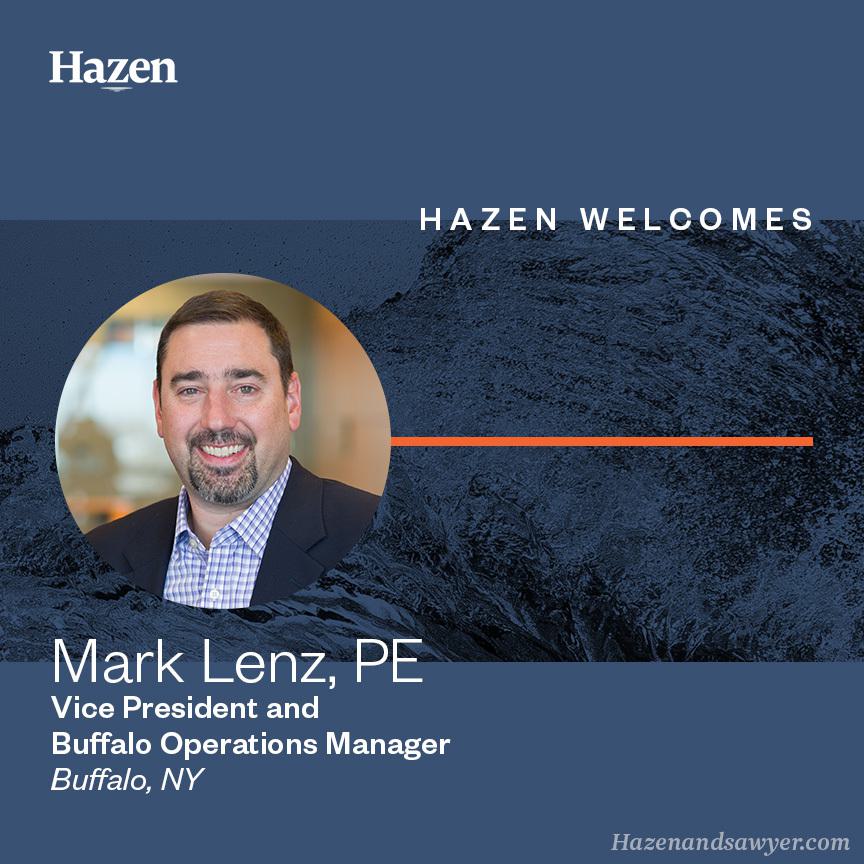Process Innovation Could Yield Potable Reuse Program Significant Cost Savings
With no infrastructure modifications, the Los Angeles County Sanitation Districts and Hazen successfully demonstrated operation of high purity oxygen activated sludge to remove nitrogen from wastewater.
At a Glance
- High purity oxygen activated sludge (HPOAS) is a secondary wastewater treatment technology that has served the Los Angeles County Sanitation Districts (LACSD) well for 40+ years, but it isn’t typically used for nitrogen removal.
- Through close collaboration, LACSD and Hazen were able to achieve stable nitrogen removal (more than 70%) at the A.K. Warren Water Resource Facility, through an approach known as high purity oxygen nutrient removal (HPONR) or specifically for this application high purity oxygen Ludzack-Ettinger (HPOLE).
- The full-scale demonstration facility has run for more than a year—one of the largest, longest, and most successful demonstrations of HPOAS for nitrogen removal to date.
- The HPOLE concept will be used in the future Pure Water Southern California program, a collaborative project that will produce up to 150 million gallons of drinking water per day.
- The HPOLE approach required no infrastructure changes. It could save the future program tens of millions of dollars in capital expenses and more than $5 million in annual operational costs.

Bryce Danker uses pilots and process innovations to help wastewater resource recovery facilities find cutting-edge solutions for their unique challenges.
Many wastewater treatment plants that use high purity oxygen activated sludge (HPOAS) are going to have to start looking at ways of removing nutrients due to changing regulations and water needs. This important project with LASCD is the first extensive demonstration of nutrient removal in HPOAS and demonstrates a potential solution to meet future nutrient limits.
~ Bryce Danker, PE, Associate Engineer, Hazen
The A.K. Warren Water Resource Facility (previously called the Joint Water Pollution Control Plant), operated by the Los Angeles County Sanitation Districts (LACSD), treats roughly 260 million gallons per day (mgd) of municipal wastewater, with a total capacity of 400 mgd.
The plant isn’t currently required to remove nitrogen from the wastewater before discharging its treated effluent to the Pacific Ocean. But LACSD is being proactive and exploring nutrient removal options to address two potential future needs:
- Potable reuse: Pure Water Southern California (PWSC) is a future recycled water program that will treat effluent from plants that currently discharge to the Pacific, including the Warren Facility, to develop a new local water source. The program—which will be jointly run by LACSD and the Metropolitan Water District of Southern California—could produce up to 150 mgd of drinking water per day. The Warren Facility will need to remove nutrients from its effluent to help the program meet or exceed its water quality goals.
- Nutrient limits for ocean discharges: Nutrient limits for facilities discharging to the Pacific Ocean are on the horizon in California. A number of those facilities, including the Warren Facility, are what’s known as HPOAS plants (see below for what that means), and need viable nutrient removal options.

An innovative solution: Hazen partnered with LACSD to see if the plant could remove nitrogen from its wastewater by modifying a high purity oxygen activated sludge (HPOAS) system.
HPOAS systems provide the bacteria in activated sludge with high-purity oxygen, which has a much higher oxygen concentration than air. This can speed up treatment (high-rate), providing compact footprints. Historically, nitrogen removal has generally been considered challenging for HPOAS due to low aerobic solids retention times (aSRTs) and low pH levels, which can suppress the nitrogen removal process.
But Hazen is a national leader in nutrient removal, with extensive experience in modeling, evaluating, and designing innovative BNR systems. We used that knowledge to help the Warren Facility modify one of its full-scale, 50-mgd HPOAS reactors to successfully incorporate nitrogen removal.
The modified configuration developed by the project team—called a high purity oxygen Ludzack-Ettinger (HPOLE) system—didn’t require any new infrastructure, allowing the plant to maximize its existing facilities. The HPOLE concept is significant because it can substantially reduce the capital and operational costs of implementing nitrogen removal by using facilities already available, as well as speed up implementation.
Hazen used our BNR experience, process knowledge, and collaborative time on-site with LACSD research, operational, and laboratory staff to determine what adjustments would help the plant achieve HPOLE. Collaborative work included developing testing, operating, and monitoring plans, plus digital dashboards showing daily and real-time data from the reactor. Regular on-site support has ensured successful startup, operations, and adjustments.
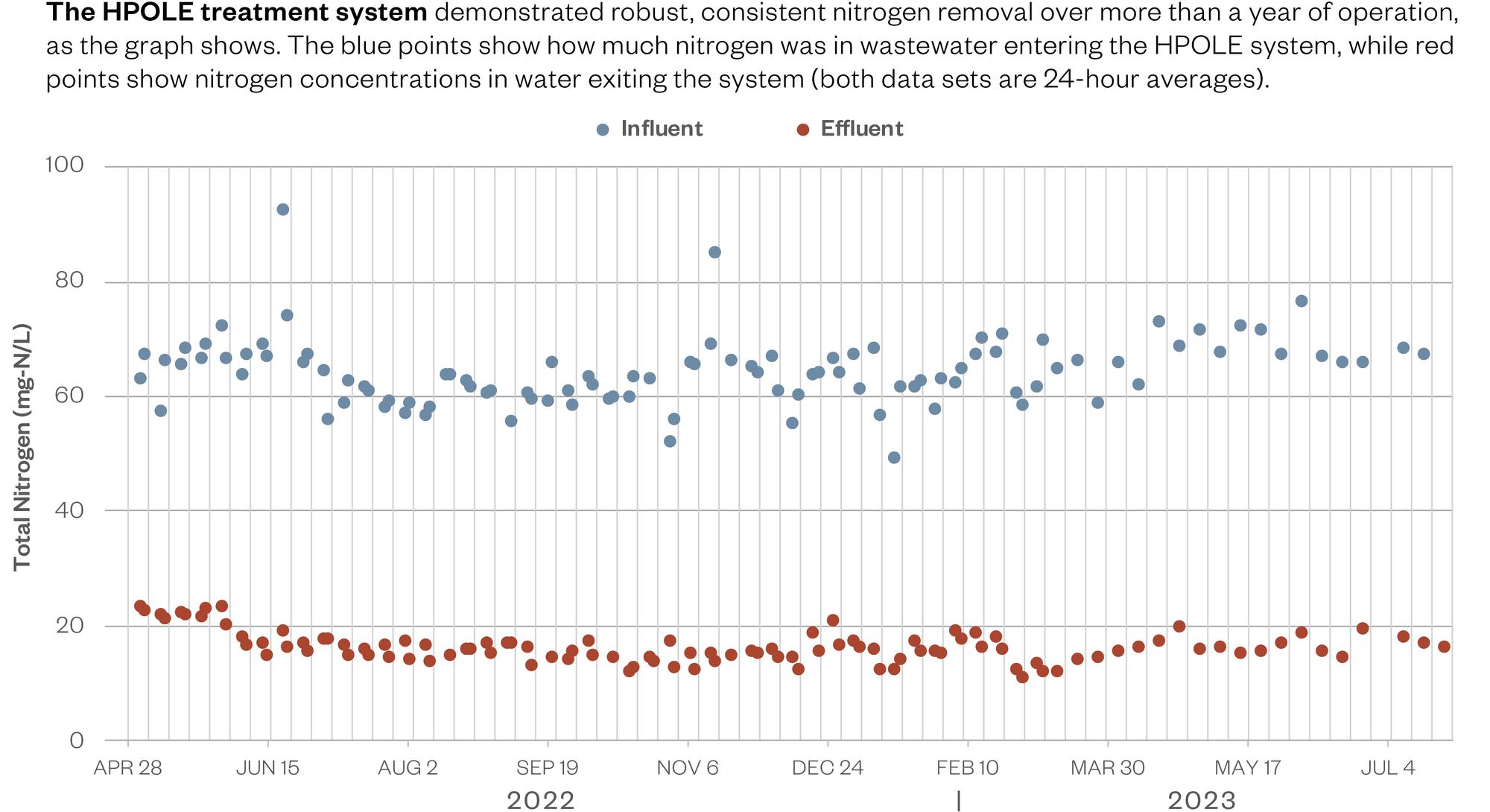
Strong results: The HPOLE system has been running for more than a year. It removes more than 70% of inorganic nitrogen (annual average) and can handle high concentrations of nitrogen in the wastewater. It also performed well during a period of extensive wet weather in California and consistently produces sludge that settles well.
More potential savings: LACSD and the Metropolitan Water District of Southern California plan to build a new advanced water treatment facility at the Warren Facility to provide high-quality treated water for Pure Water Southern California.
- By incorporating HPOLE , Pure Water Southern California could save tens of millions of dollars in capital and millions more annually in operational expenses (through infrastructure and operational efficiencies).
These results show that the HPOLE concept can achieve nitrogen removal and produce high-quality water for advanced water treatment facilities, while also saving time and money. For large HPOAS facilities in the United States that may face new nutrient limits, that means HPOLE may be a viable option.
The project also won the 2023-2024 California Water Environment Association (CWEA) Dr. Jenkins Research Achievement Award.

The A.K. Warren Water Resource Facility has 26 clarifiers (shown here). But it could eliminate four to six of them if it switches its entire secondary treatment system to the HPOLE configuration used in the full-scale demonstration.



